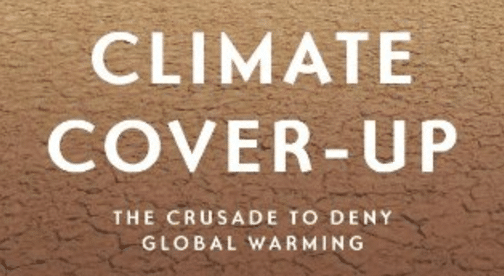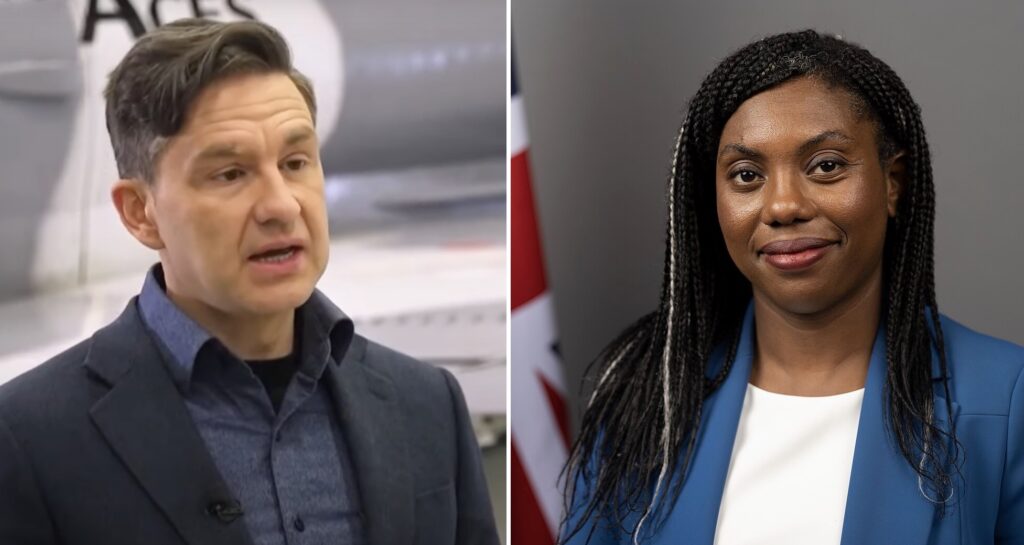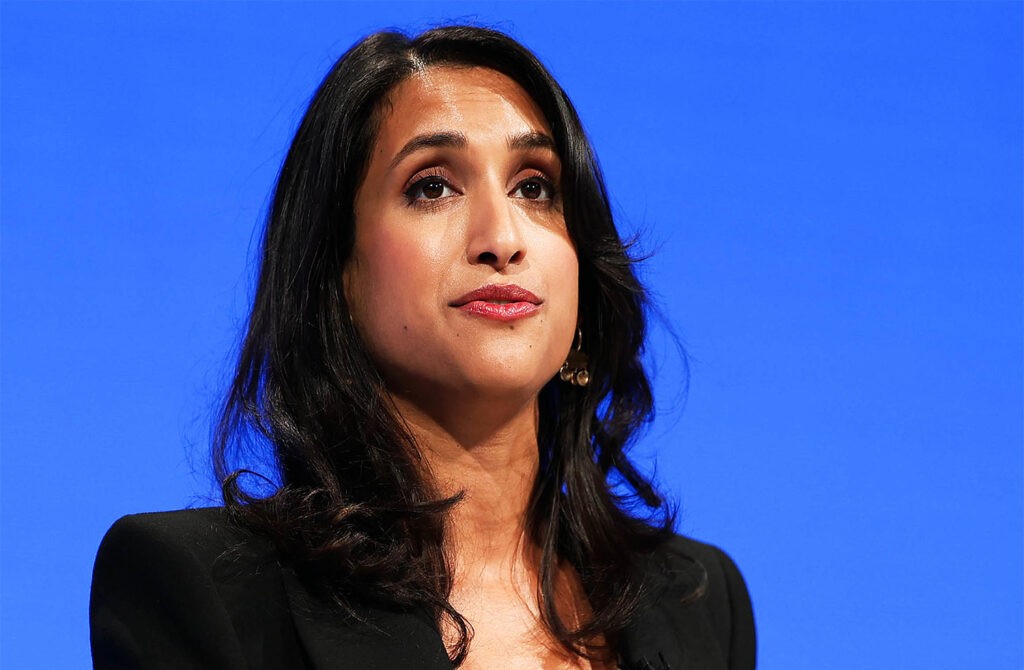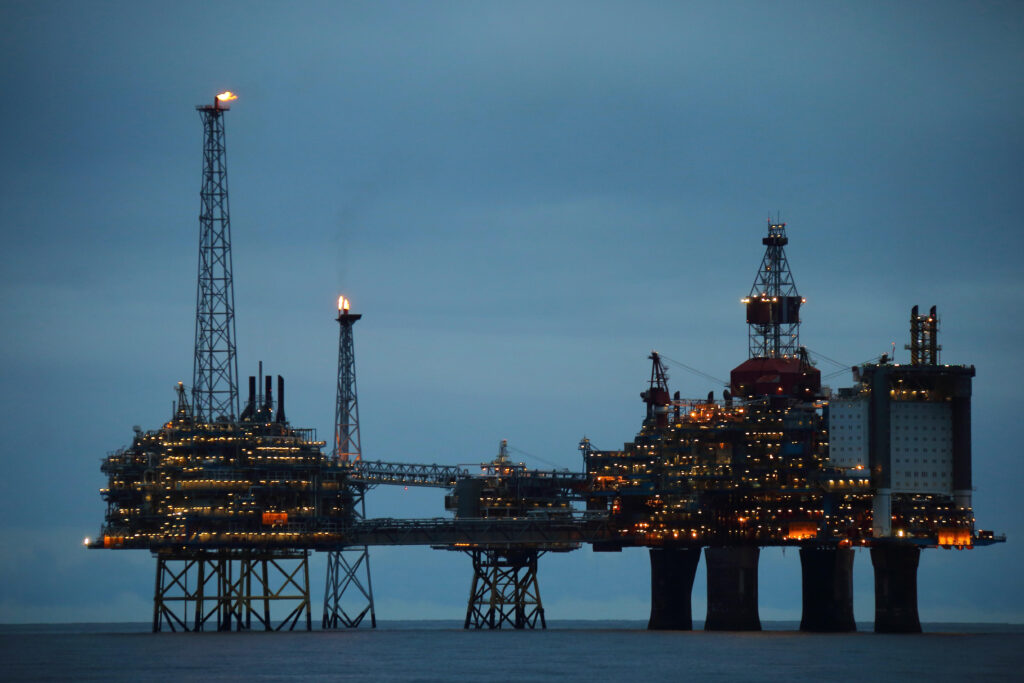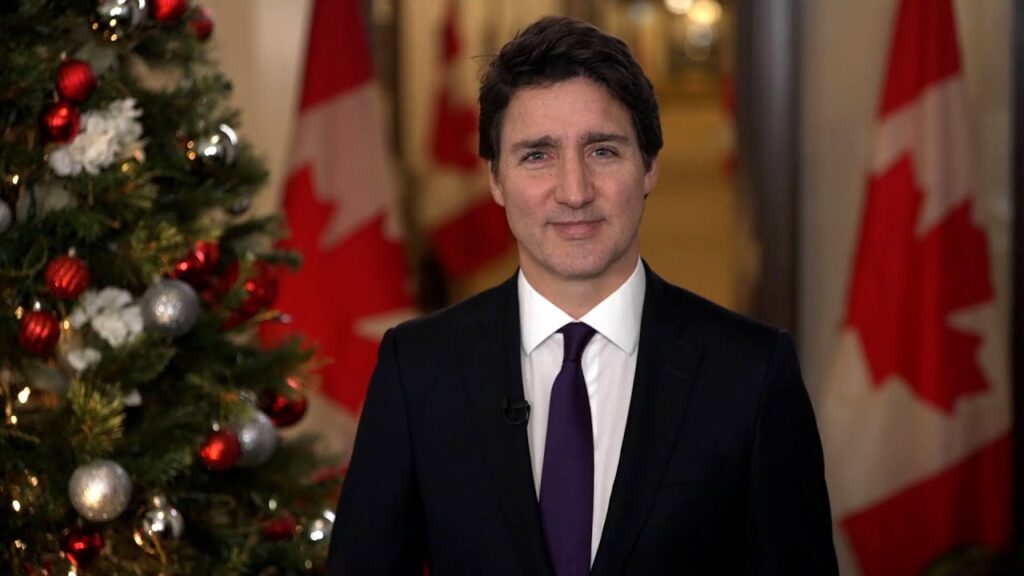Updated: June 15, 2009
There is a line between public relations and propaganda – or there should be. And there is a difference between using your skills, in good faith, to help rescue a battered reputation and using them to twist the truth – to sow confusion and doubt on an issue that is critical to human survival.
And it is infuriating – as a public relations professional – to watch my colleagues use their skills, their training and their considerable intellect to poison the international debate on climate change.
That’s what is happening today, and I think it’s a disgrace. On one hand, you have the Nobel Prize-winning Intergovernmental Panel on Climate Change – as well as the science academies of every developed nation in the world – confirming that:
- climate change is real;
- it is caused by human activity; and
- it is threatening the planet in ways we can only begin to imagine.
On the other hand, you have an ongoing public debate – not about how to respond, but about whether we should bother, about whether climate change is even a scientific certainty. While those who stand in denial of climate change have failed in the last 15 years to produce a single, peer-reviewed scientific journal article that challenges the theory and evidence of human-induced climate change, mainstream media was, until very recently, covering the story (in more than half the cases, according to the academic researchers Boykoff and Boykoff) by quoting one scientist talking about the risks and one purported expert saying that climate change was not happening – or might actually be a good thing.
Few PR offences have been so obvious, so successful and so despicable as this attack on the science of climate change. It has been a triumph of disinformation – one of the boldest and most extensive PR campaigns in history, primarily financed by the energy industry and executed by some of the best PR talent in the world. As a public relations practitioner, it is a marvel – and a deep humiliation – and I want to see it stop.
Here’s how it works: Public relations is not a process of telling people what to think; people are too smart for that, and North Americans are way too stubborn. Tell a bunch of North Americans what they are supposed to think and you’re likely to wind up the only person at the party enjoying your can of New Coke.
No, the trick to executing a good PR campaign is twofold: you figure out what people are thinking already; and then you nudge them gently from that position to one that is closer to where you want them to be. The first step is research: you find out what they know and understand; you identify the specific gaps in their knowledge. Then you fill those gaps with a purpose-built campaign. You educate. If people are afraid to take Tylenol (as they were after someone poisoned some pills), you explain the extensive safety precautions now typical in the pharmaceutical industry. If people think Martha Stewart is arrogant and uncaring, you create opportunities for her to show a more human side.
In the best cases – the cases that are most personally rewarding – your advice actually guides corporate behavior. That is, if a client wants to protect or revive their reputation, if they want to convince the public that they’re running a responsible company and doing the right thing, the most obvious public relations advice is that they should do the right thing.
It’s the kind of advice that, historically, has been a hard sell in the tobacco industry, in the asbestos industry – and too often in the automotive industry. Those sectors have provided some of the most famous examples of PR disinformation: “smoking isn’t necessarily bad for you;” “it’s not certain that asbestos will give you cancer;” “your seatbelt might actually kill you if you’re the one person in five trillion whose buckle jams just as your car flips into a watery ditch.”
But few PR offences have been so obvious, so successful and so despicable as the attack on the scientific certainty of climate change. Few have been so coldly calculating and few have been so well documented. For example, Ross Gelbspan, in his books, The Heat is On and Boiling Point sets out the whole case, pointing fingers and naming names. PR Watch founder John Stauber has done similarly exemplary work, tracking the bogus campaigns and linking various pseudo scientists to their energy industry funders.
I have filled a whole book with details of the documented corporate action plans to deny climate change and confuse the public. Climate Cover-up hit the shelves in the fall of 2009.
One of the best proofs of climate disinformation came in a November 2002 memo from political consultant Frank Luntz to the U.S. Republican Party. Luntz followed the rules: he did the research; he identified the soft spots in public opinion; and he made a clever critical judgment about which way the public could be induced to move.
In a section entitled “Winning the Global Warming Debate,” Luntz says this:
“The Scientific Debate Remains Open. Voters believe that there is no consensus about global warming within the scientific community. Should the public come to believe that the scientific issues are settled, their views about global warming will change accordingly. Therefore, you need to make the lack of scientific certainty a primary issue in the debate, and defer to scientists and other experts in the field.”
If you download the memo and read the whole thing, you will notice that Luntz never expressly denies the validity of the science. In fact, he says, “The scientific debate is closing [against us] but is not yet closed.”
” … not yet closed”? Among those who disagreed with that assessment when Luntz wrote this report were the 2,500 scientists in the IPCC, the U.S. National Academy of Sciences, the U.S. National Oceanic and Atmospheric Administration, the U.S. Geological Survey, the Royal Society of London and the Royal Society of Canada.
In 2004, Donald Kennedy, editor-in-chief of Science magazine, said, “We’re in the middle of a large uncontrolled experiment on the only planet we have.” And to back up this sense of certainty, he reported that University of California, San Diego science historian Dr. Naomi Oreskes had published an analysis in Science in which she had combed through 928 peer-reviewed climate studies published between 1993 and 2003 and found not a single one that disagreed with the general scientific consensus.
Yet journalists continued to report updates from the best climate scientists in the world juxtaposed against the unsubstantiated raving of an industry-funded climate change denier – as if both were equally valid.
Notwithstanding, Luntz wrote: “There is still a window of opportunity to challenge the science.” He recommended that his Republican Party clients do just that. He urged them to marshal their own “scientists” to contest the issue on every occasion. He urged them to plead for “sound science” a twist of language of the sort that George Orwell once said was “designed to make lies sound truthful and murder respectable, and to give an appearance of solidarity to pure wind.”
Luntz’s goal – which was embraced with unnerving enthusiasm by the Bush Administration – was to manufacture uncertainty and to politicize science. Like all tragedy, it would be hilarious if you could play it for laughs.
Luntz himself actually backed off this position a couple of years later, saying that the evidence of climate change was overwhelming. So it’s difficult to tell who is being wilfully blind and who, like Luntz, was falling victim to gross negligence in the way they ignore the science – and in the potentially catastrophic risks that they promote. Whichever way you cut it, their actions reflect badly on the whole public relations industry.
As you might assume from my earlier criticism, I’m not suggesting that Frank Luntz or even a dubious cabal of ethics-free PR people are solely to blame for the public confusion on climate change. They have received extensive, if clumsy assistance from the media, which in a facile attempt to provide “balance” is willing to give any opinion an “impartial” airing as long as it is firmly in contradiction with another.
This is not just a feature of the point/counterpoint talking heads that have emerged as the principal vehicle for television news. Newspaper reporters are just as guilty of canvassing “both sides” of every argument, often without providing any critical judgment as to the validity or relative weight of either side.
On the issue of climate change, journalists have consistently reported the updates from the best climate scientists in the world juxtaposed against the unsubstantiated raving of an industry-funded climate change denier – as if both are equally valid. This is not balanced journalism. It is a critical abdication of journalistic responsibility. Any reporter who cannot assess the relative merits of a global scientific consensus – especially in contradiction to an “expert” that the coal industry is paying to help “clear the air” – deserves to have his pencil taken away in solemn ceremony and broken into bits.
There is yet more blame to go around. You could criticize scientists for the dense, cautious and conditional language that they use in talking about the threats of climate change. But in science, credibility is a currency (this, in apparent contradiction to the state of affairs in journalism or PR). A scientist who strays, even momentarily, off the path of certainty or who wanders from hard science into policy is immediately dismissed as someone with an axe to grind.
You could also criticize environmentalists, whose tendency has been to stray too far in the other direction, extrapolating scientific assumptions to create scare stories so dispiriting that they create apathy rather than activism. These, in turn, have made easy targets for the energy industry’s climate change deniers.
The important thing at this point, however, is not to assign blame. It is to educate yourself and to join this increasingly urgent political debate. This is not one of those relatively low-level PR boondoggles. We’re not talking about single individuals dying because the auto industry held out against seat belt laws. We’re not even talking about many 100s of thousands of people dying of lung cancer because the tobacco industry held out for “sound science” while actively increasing the amount of addictive nicotine in their product. We’re talking about the future of the planet.
So please read on.
Read everything.
If you are actually practicing public relations, take a close look at your clients and at your own performance. There has to be a point where principle trumps short-term economic gain, a point where you admit to yourself that it’s not worth the money to put the planet at risk.
Whatever you do, you must keep a wary eye. By all means, read the sites that deny the reality of climate change. But then check on www.sourcewatch.org to see who paid for those opinions. Read the DeSmogBlog. Don’t accept the word of people who pass themselves off as “skeptics.” Be skeptical yourself. Ask yourself what motive the scientific community has to gang up and invent a phony climate crisis. Compare that to the motives that ExxonMobil or Peabody Coal might have to deny that burning fossil fuels indiscriminately could change irrevocably our existence on the planet.
And if you still leave the lights on when you’re done, make sure they’re shining in the shamed faces of the PR pros who are still trying to prevent sound, sensible policy change to affect this, perhaps the biggest threat humankind has ever faced.
Get the book:
Subscribe to our newsletter
Stay up to date with DeSmog news and alerts


